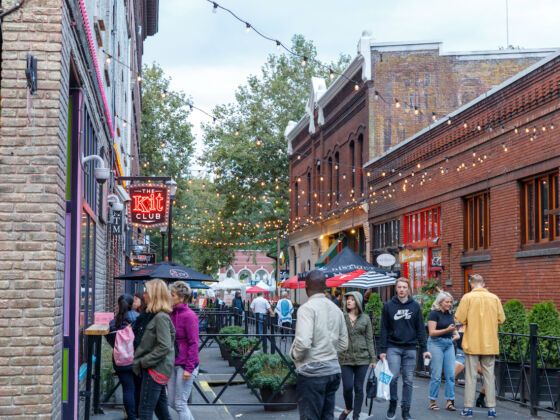THERE IS ONE ELEMENT THAT MOST PORTLAND TOUR GUIDES (and often painfully-accurate episodes of Portlandia) tend to downplay about our city: strip clubs.
Sure, you might have heard in passing that we have the most strip clubs per capita in the states, probably right after hearing that we have more breweries than any city in the world. But that if that is all you know about these clubs (and maybe, if you come from the more puritanical parts of America, it is all that you care to know), then you are missing out on the most unique, artistic and progressive cultural amenities that this city has to offer.
